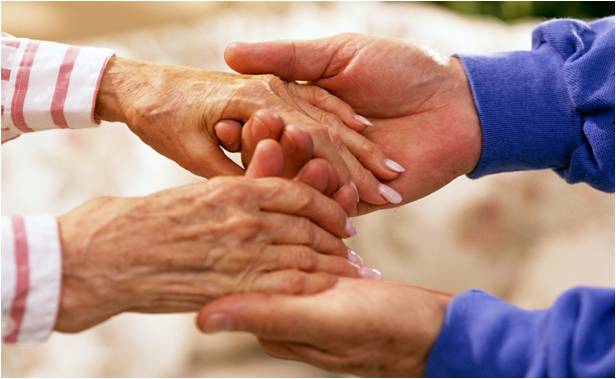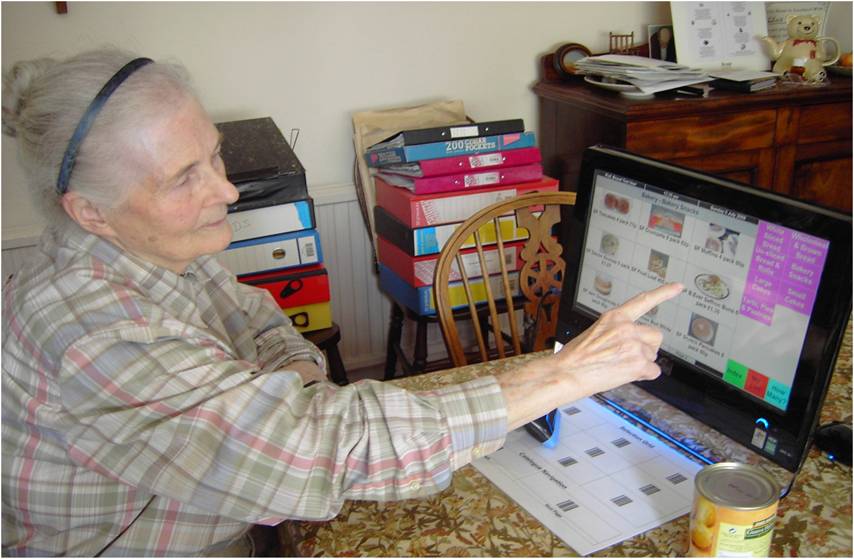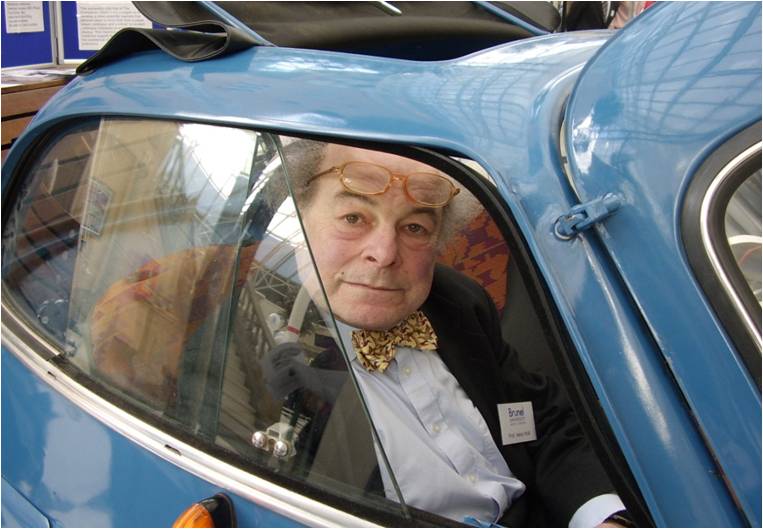Tools for Living, Hardware, Software and Concept Cars
 The Tools for Living Team, working under the direction of Emeritus Professor Heinz Wolff, is concerned with care and support systems for older people, who wish to continue living in their own homes. This requires a revision of current care policy, which is unaffordable, especially in the present economic climate.
The Tools for Living Team, working under the direction of Emeritus Professor Heinz Wolff, is concerned with care and support systems for older people, who wish to continue living in their own homes. This requires a revision of current care policy, which is unaffordable, especially in the present economic climate.

A scheme called Care4Care where younger people perform duties useful to the community including care and support for relations and neighbours; thereby earning “credits” on an account which would guarantee them care and support when they need it. Research and development on the rules governing the operation and the organisational framework including setting up of a pilot is in progress.

The Companion is a computer system based around a graphical user interface designed to enable older users to interact with ICT services. Running on a laptop or all-in-one computer the system does not use a mouse or keyboard, the only input device being a barcode reader; current models also have a touch-screen. All on-screen output is accompanied by computer generated speech. The Companion has been used successfully by 100+ users for shopping in the Bristol area for the last three years.

The Liberty is a concept car based on a 1962 BMW Bubble Car chassis and body, modified for electric propulsion. It is very short, having a single door at the front and can be parked with the door opening directly onto the pavement. One of the seats is electrically powered and will propel the occupant to a position from which they can step directly onto the pavement. It will be used as a platform to investigate the cognitive environment most suitable for the aged driver.
More information about the Care 4 Care project can be found here.